As Iran's economy continues to face many challenges, Mohammad Ali Dehghan Dehnavi, head of the Iran Trade Promotion Organization, has just announced that the country's trade deficit reached 7 billion USD in the middle half of this year, from March 21 to September 21, 2024. This is lower than the record of 17 billion USD last year, showing that Iran's trade situation continues to face difficulties.
According to Mr. Dehnavi, Iran’s total non-oil exports in the middle six months of the year reached $25.8 billion, while imports amounted to $32.5 billion. This reflects the imbalance between the two trade flows, mainly due to the heavy dependence on a few countries. Specifically, 79% of Iran’s imports and 75% of its non-oil exports depend on just five countries, with China topping the list.
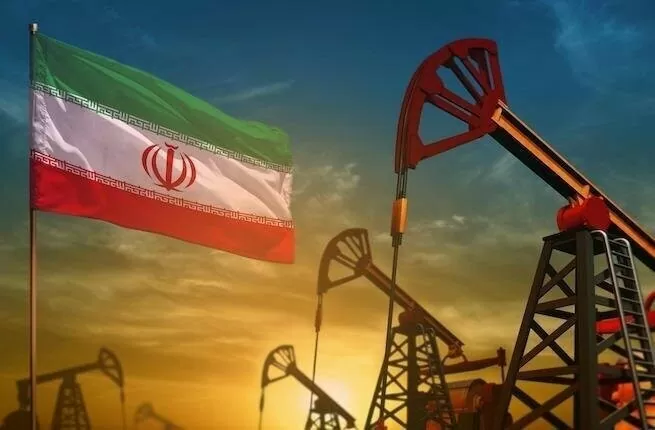 |
| Iran's non-oil trade deficit is heavy - (Illustration photo) |
Iran last recorded a positive non-oil trade balance in 2018. The country’s trade deficit has soared in recent years, especially since the Ebrahim Raisi administration took office. To hide the growing foreign trade deficit, Iran’s customs service began including oil exports in its reports.
In addition to the trade deficit, a recent report by the Central Bank of Iran showed that more than $20 billion left Iran in the first nine months of 2023, setting a record for capital outflows. The government has since stopped publishing capital-related data and blocked access to it, making the Central Bank website unavailable outside the country, a move that has raised concerns about the transparency of the Islamic Republic's financial management.
In addition to non-oil trade issues, the oil sector – which is the backbone of Iran’s economy – is also facing difficulties. Tanker tracking companies reported that Iran’s daily oil exports have dropped by 400,000 barrels in the past two months compared to previous months. In particular, in the first 10 days of October, Iran reduced its oil exports by 70%, to just 600,000 barrels per day. This move is believed to be to avoid the risk of retaliatory attacks from Israel, following tense events in the region.
In addition, Iran’s oil revenues are expected to decline significantly in the second half of this fiscal year (September 22, 2024, to March 20, 2025). This poses a major challenge to Iran’s economy as the country is under pressure from both inside and outside.
Iran’s heavy dependence on a small number of partner countries is also a worrying factor for the Iranian economy. According to Dehnavi data, 95% of Iran’s oil exports currently depend on the Chinese market, while the rest is sold to Syria. This makes Iran highly vulnerable to any fluctuations on the partner side.
With a widening non-oil trade deficit and a sharp decline in oil exports, Iran is facing unprecedented difficulties. Its dependence on major countries like China and lack of transparency in financial reporting add to the uncertainty. According to some, the Iranian government needs to find long-term solutions to rebalance trade and maintain economic stability in the future.
https://iranfocus.com/economy/52329-irans-7-billion-trade-deficit-and-dependence-on-a-handful-of-countries/
Source: https://congthuong.vn/thuong-mai-phi-dau-mo-iran-tham-hut-nang-nen-kinh-te-phu-thuoc-vao-nuoc-ngoai-352500.html


![[Photo] Closing ceremony of the 18th Congress of Hanoi Party Committee](https://vphoto.vietnam.vn/thumb/1200x675/vietnam/resource/IMAGE/2025/10/17/1760704850107_ndo_br_1-jpg.webp)



















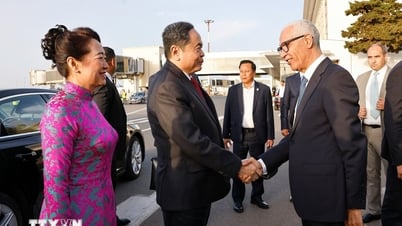




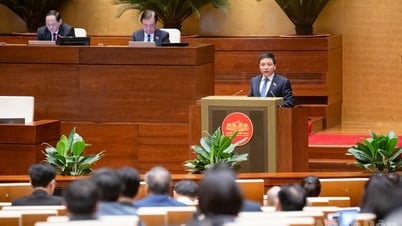
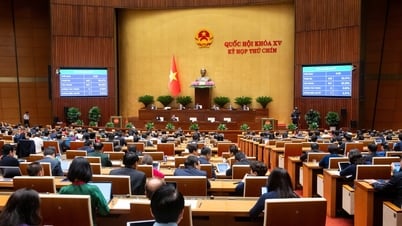




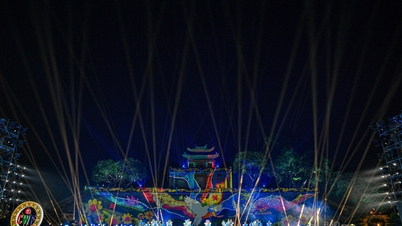





![[Photo] Nhan Dan Newspaper launches “Fatherland in the Heart: The Concert Film”](https://vphoto.vietnam.vn/thumb/1200x675/vietnam/resource/IMAGE/2025/10/16/1760622132545_thiet-ke-chua-co-ten-36-png.webp)





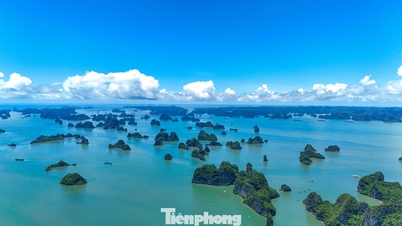


















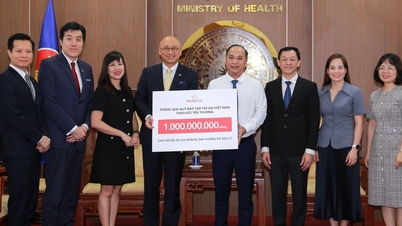




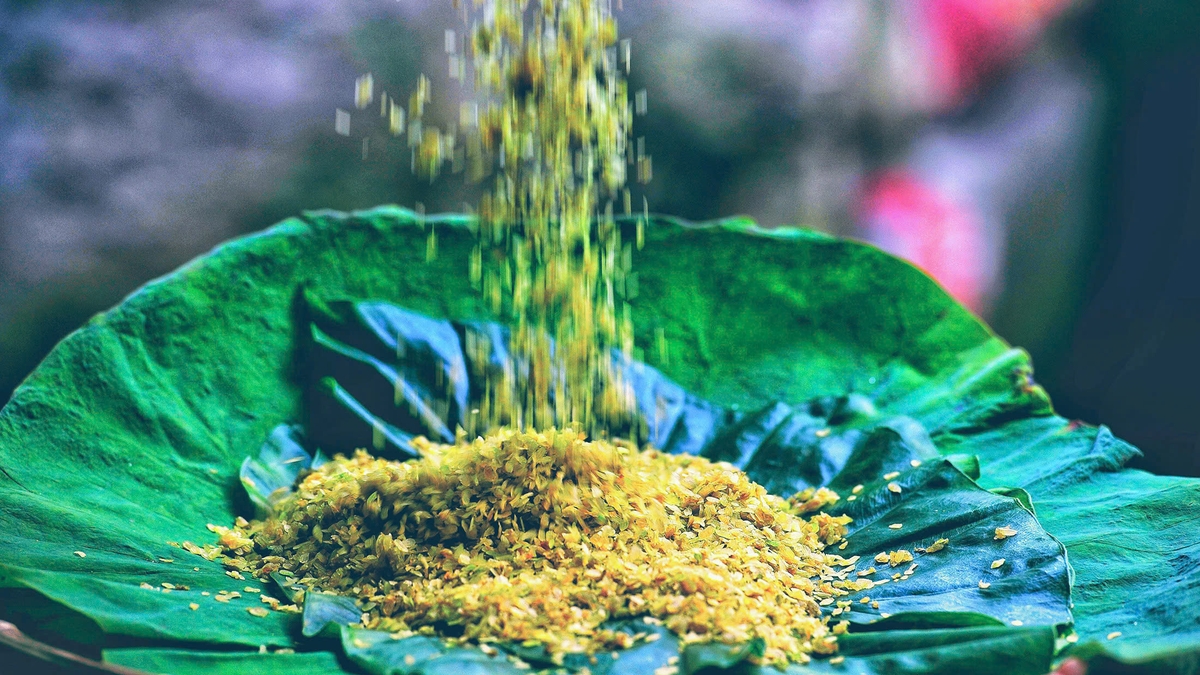




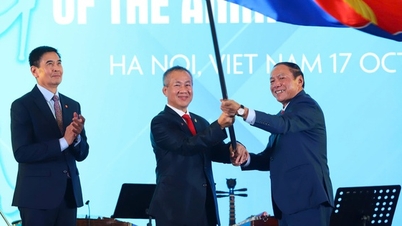



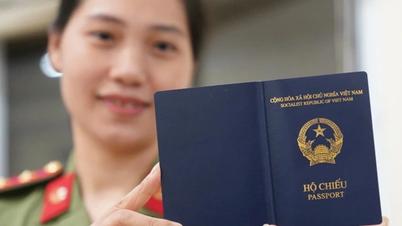
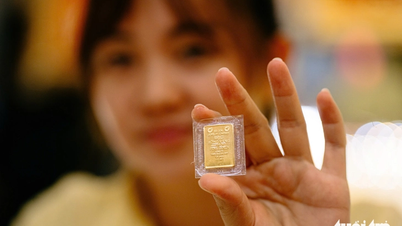


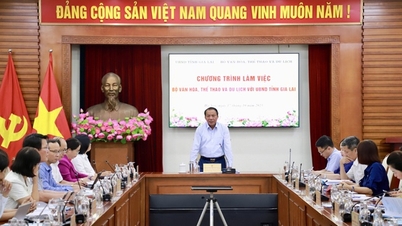
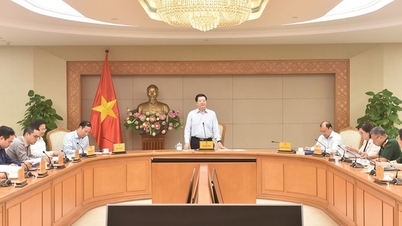
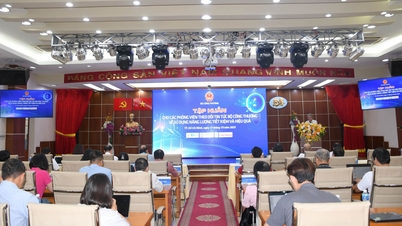



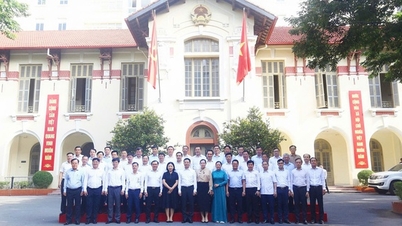







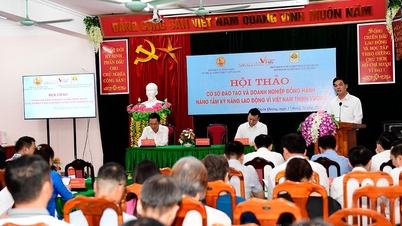

















Comment (0)